Although Barbados is mainly known as the land with the most delicious rum, it can also excite your taste buds with Bajan gastronomy and its prowess in the culinary arts! Traditional Caribbean staples get an interesting spin in Barbados with influences from Asia, the USA, and Europe, creating an entirely new world of eclectic dishes with distinct flavour profiles. Below are some Barbados signature dishes that will undoubtedly reward your palate in more ways than one.
Rice and Peas
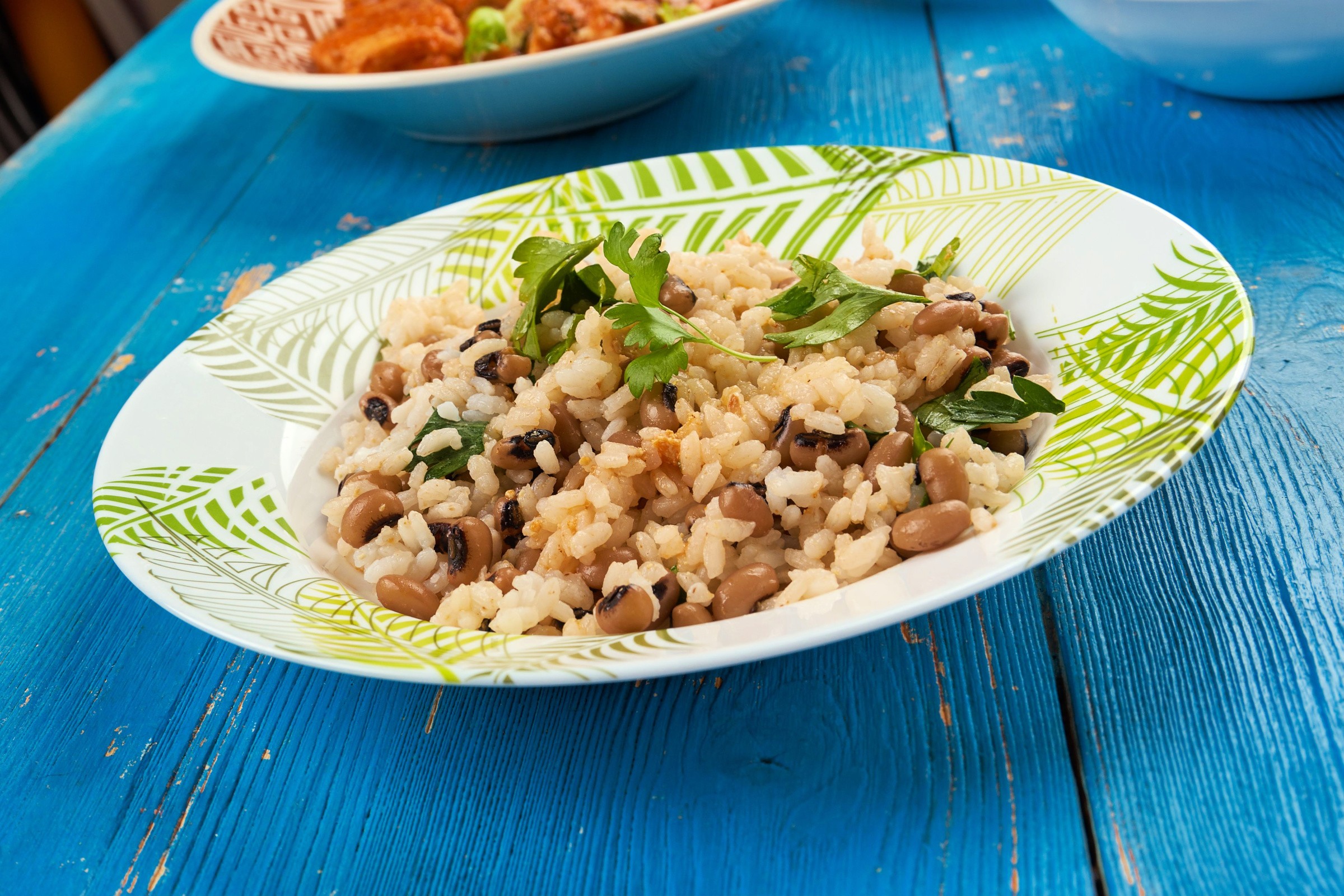
A savoury dish that blends rice with black-eyed peas and matches perfectly with a variety of vegetable, fish, pork, or chicken dishes, but is usually served as a side dish accompanying fish dishes. For the Barbadians, it is considered a Sunday meal. However, it is also very commonly found in the Barbados version of food trucks, the Bajan food vans, which are literally everywhere!
Ham Cutter

A typical Barbados sandwich made with local salt bread that is baked in a way so that it has a crusty exterior and a fluffy interior. The freshly baked roll of bread is then sliced down the middle and heavily stuffed with either picnic ham or leg ham and (if you like) tomatoes and lettuce. You may also add pepper sauce and ketchup for a more spicy tinge.
Conkies

A traditional Barbados dish that is also popular across the West Indies, which is made with a delicious mix of sweet potatoes, coconut, grated pumpkin, nutmeg, cinnamon, cornmeal, butter, sugar, flour, and raisins (some chefs also add eggs). The flavoursome mixture is steamed until it solidifies after being wrapped in banana leaves. You may see it served as a side dish for fried fish or fish cakes, on its own as a dessert, or even as part of a hearty breakfast, with a cup of coffee or tea on the side.
Mahi-Mahi
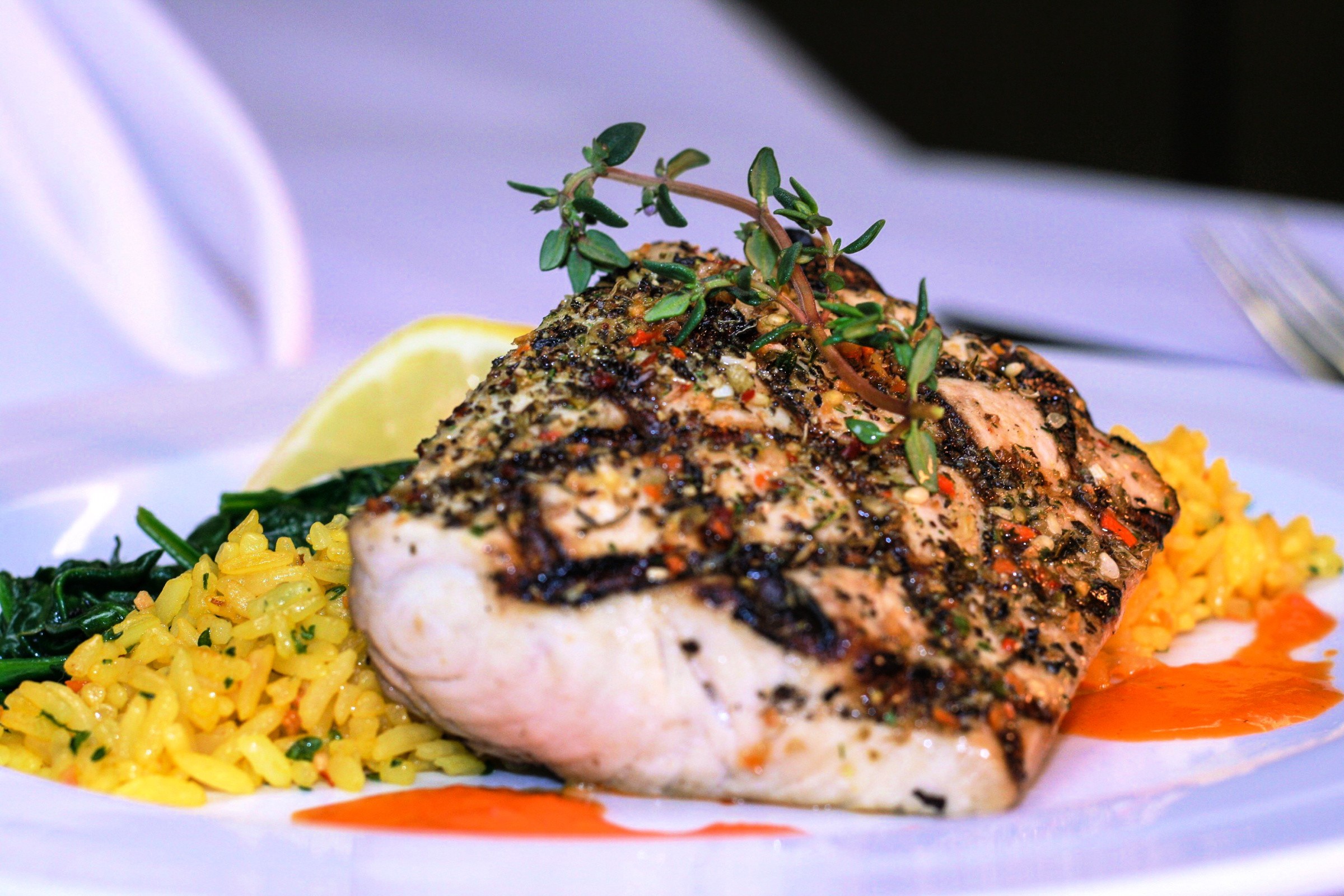
A seafood staple that is made with mahi-mahi, a ray-finned fish found in the local waters, and an inviting mix of mango, Cajun seasoning, fresh mint, jasmine rice, red onion, fresh lemon juice, olive oil, jalapenos, and plum tomatoes. It is served as an entrée and although it is described as “dolphin”, it has nothing to do with dolphin meat – it’s just the nickname the Bajans have given this dish. One of the best places to enjoy mahi-mahi is Oistins Fish Fry in Oistins Market every Friday.
Bajan Macaroni Pie
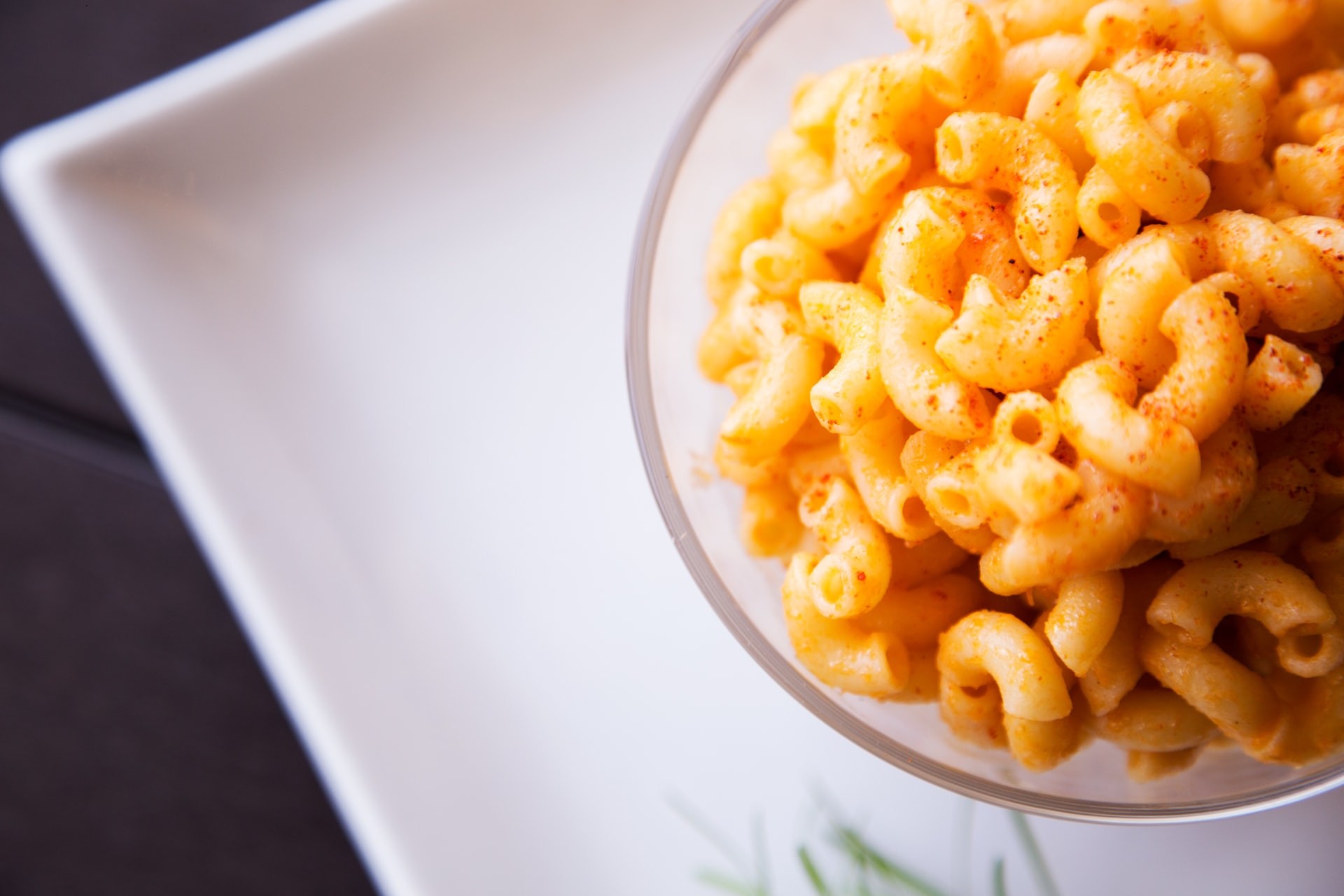
The Bajan version of the Macaroni and Cheese recipe wants the carb-heavy favourite to be made with long macaroni, cheese, milk, onions, butter, eggs, and red pepper sauce (could also be cayenne pepper) for added spiciness, as well as ketchup and mustard. The dish is then treated as a casserole, which means that it is baked and garnished with grated cheese and breadcrumbs on top!
Flying Fish

Definitely an emblem of Barbados, the flying fish is a side dish with numerous variations of its recipe served across the island. The iconic national dish (Barbados was once referred to as “the land of the flying fish”!) is dipped in breadcrumbs and batter before it is fried until golden. Most of the time, it is accompanied by cou-cou (see below for more details) and is a favourite lunch option among Barbadian workers.
Bonus Dish: Flying Fish can also make excellent cutters (a type of Bajan sandwich made with salt bread). The fillet of fried flying fish fills the bread roll after it has been soaked in salt and lime juice and seasoned with scotch bonnet peppers, marjoram, basil, parsley, and other spices. To make the cutter even more appetising, you may add lettuce, cucumbers, and tomatoes.
Cou-Cou
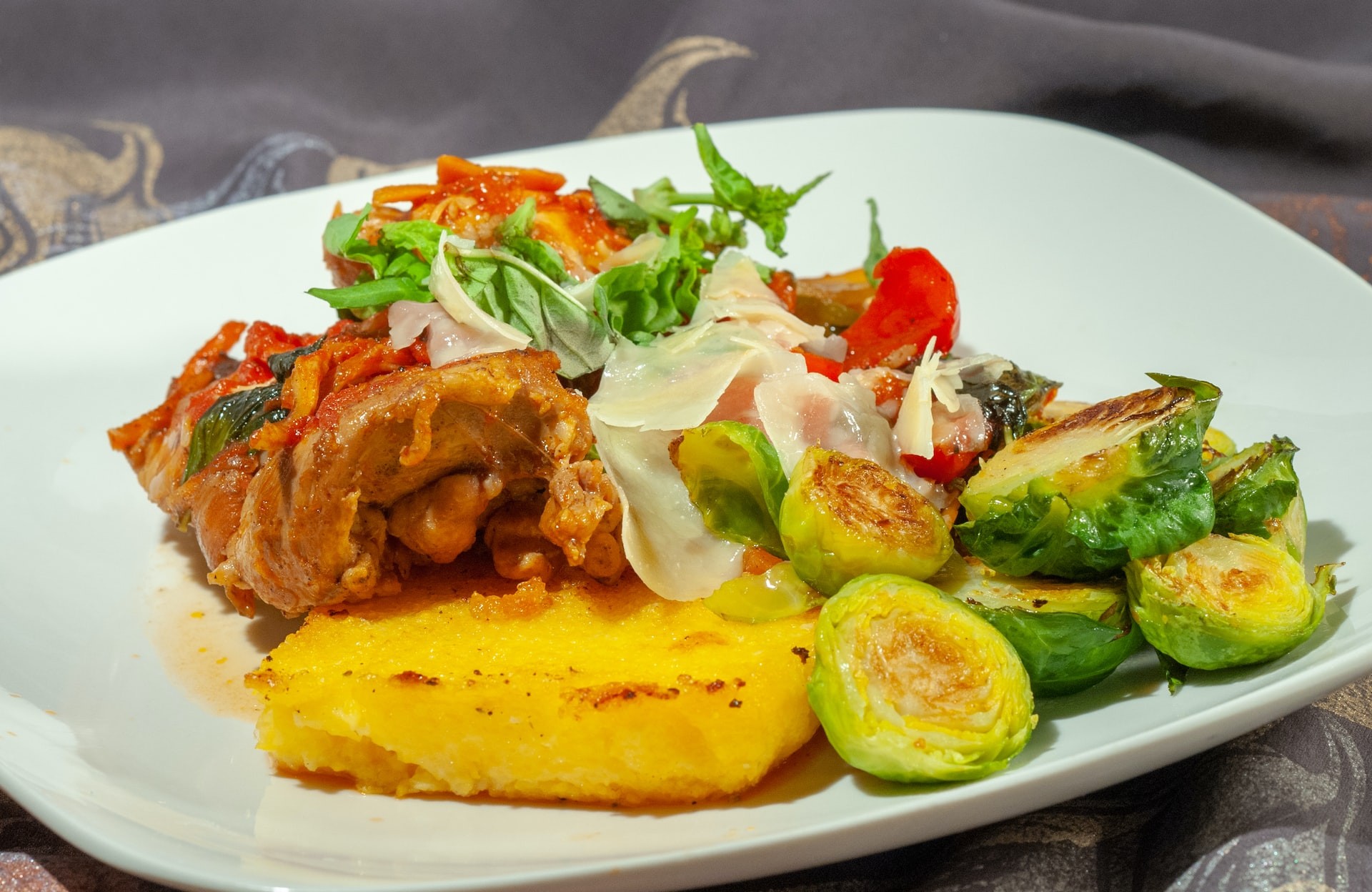
Also called coo-coo, cou-cou is a Bajan hallmark made with cornmeal and okra. The mix is stirred and then beaten until it gets a nice silky smooth texture (it tastes pretty much like grits or polenta). Although the national dish of Barbados is usually matched with Flying Fish, it can also have saltfish or red herring on the side. The well-seasoned staple also works exceptionally with Sauce Creole and other savoury sauces.
Sea Eggs
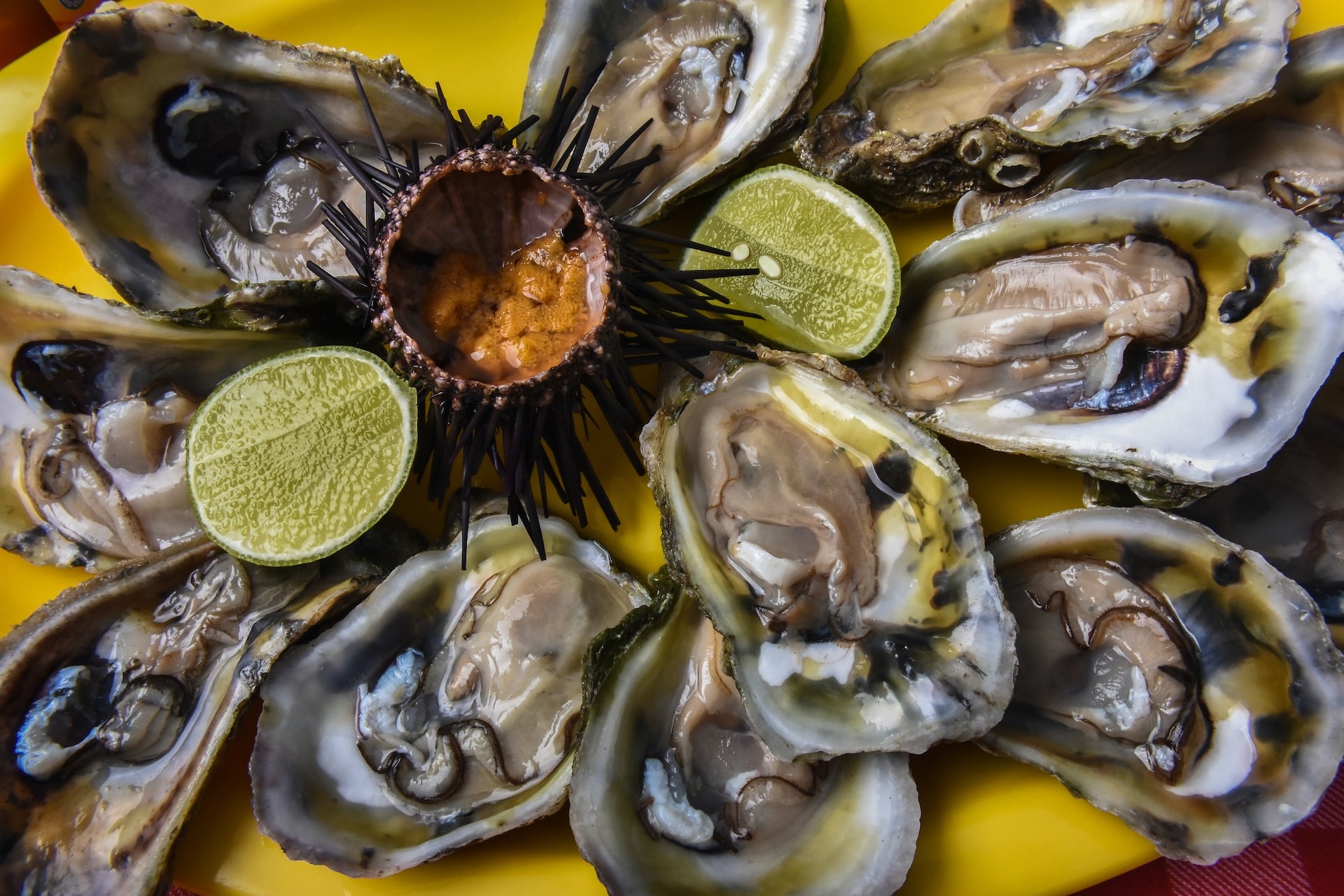
A prized Bajan delicacy with an exotic Caribbean taste that is actually a species of urchin that is found at around 6 metres or 20 feet below the surface of the sea. Harvesting sea eggs is super-easy; divers take a dip and pick them up from the sea bed, without needing any rods or nets whatsoever! Although the surrounding waters were far more abundant in sea eggs in the past, there are still plenty of them camouflaged on the shallow Caribbean reefs and seagrass beds and make a mouth-watering treat for your palate.
Jug-Jug
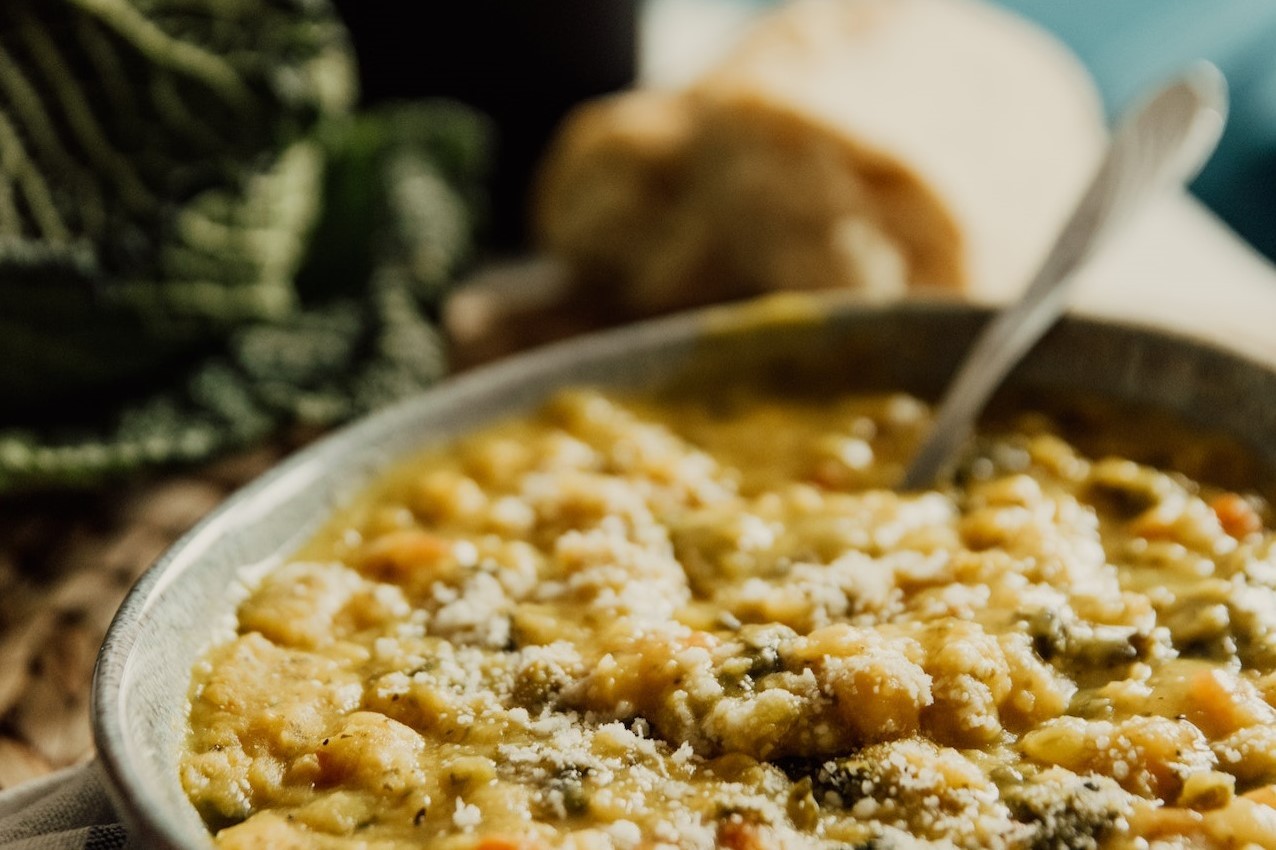
Originating from Barbados, this traditional (Christmas) dish is usually made by adding butter, rolled oats, chives, onions, beef, hot peppers, pork or bacon, and lentils or split peas to the mix (or a combination of them). First, the chef creates a puree by boiling, draining, and then mashing the meat and peas, before they mix it with the other ingredients that have already been boiled. The dish is cooked until piping hot and served with butter on top and rice or fried plantains on the side.
Cassava Pone
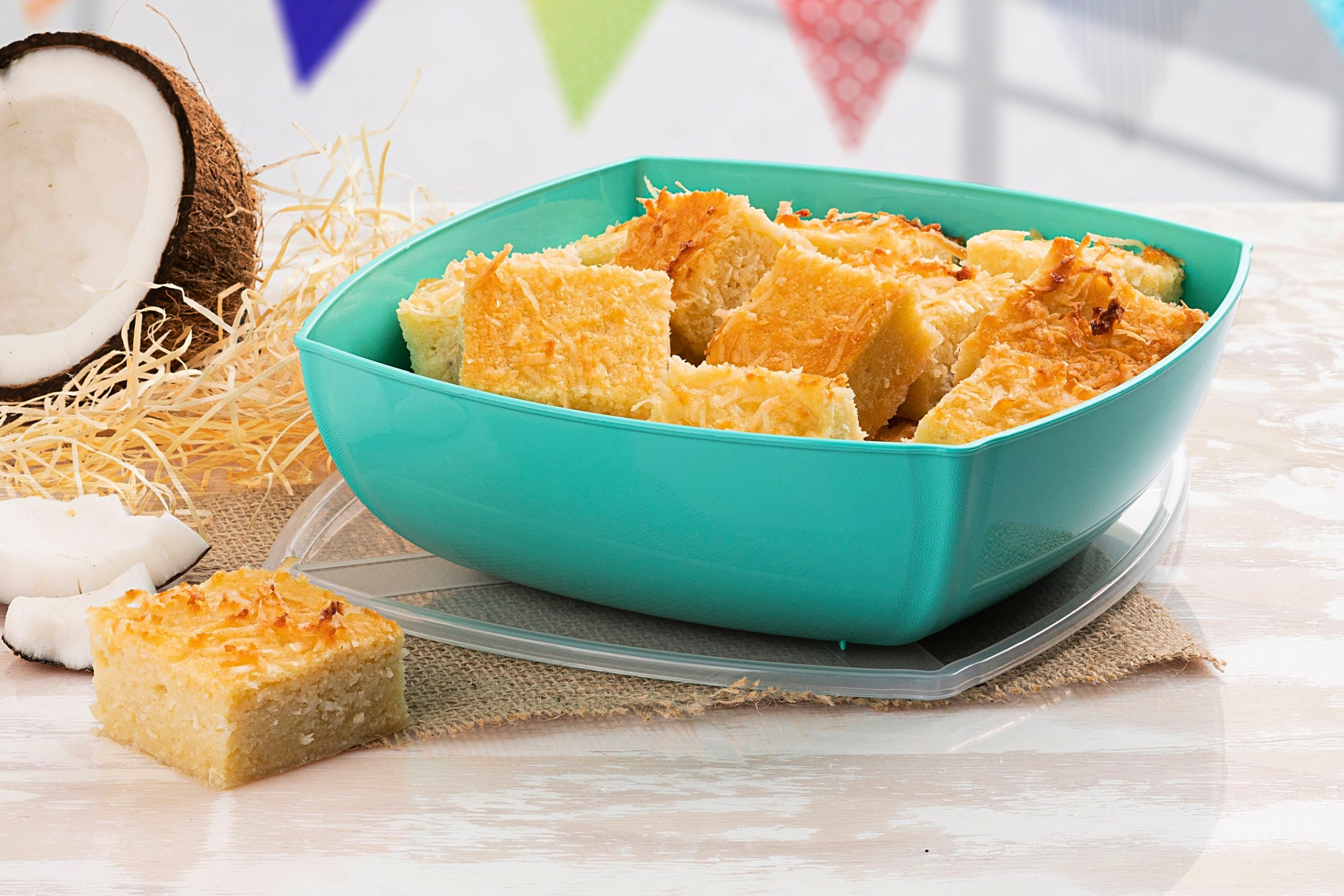
This is a sweet dessert made with milk, sweet potatoes, pumpkin, butter, nutmeg, sugar, and, of course, cassava root. The result is a gummy and moist pudding-like sweet, whose recipe goes way back to the Arawak settlement times. Today, it is a dessert that brings loving childhood memories to the Bajans, as it has been closely intertwined with their upbringing and family traditions.
Souse
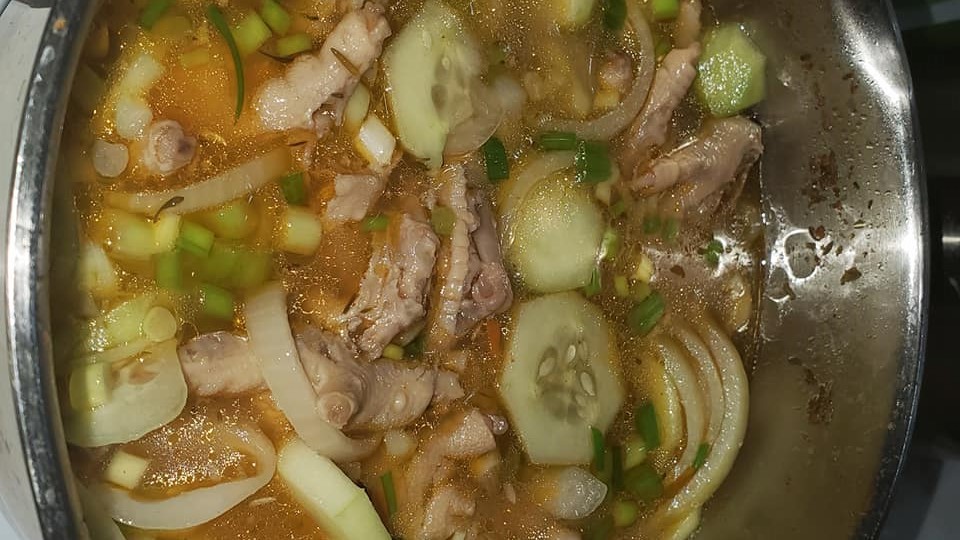
A versatile dish enjoyed throughout the Caribbean, made with pork, while some recipes replace pork with other meats, such as chicken or beef (or have an interesting mix of both pork and chicken or beef). Cooked until tender, the cuts are then marinated in vinegar, sliced vegetables, and various spices and herbs with generous sprinkles of lime. Although you will find many different variations of souse, it is usually served as either an accompaniment to pudding or a cold appetiser.




